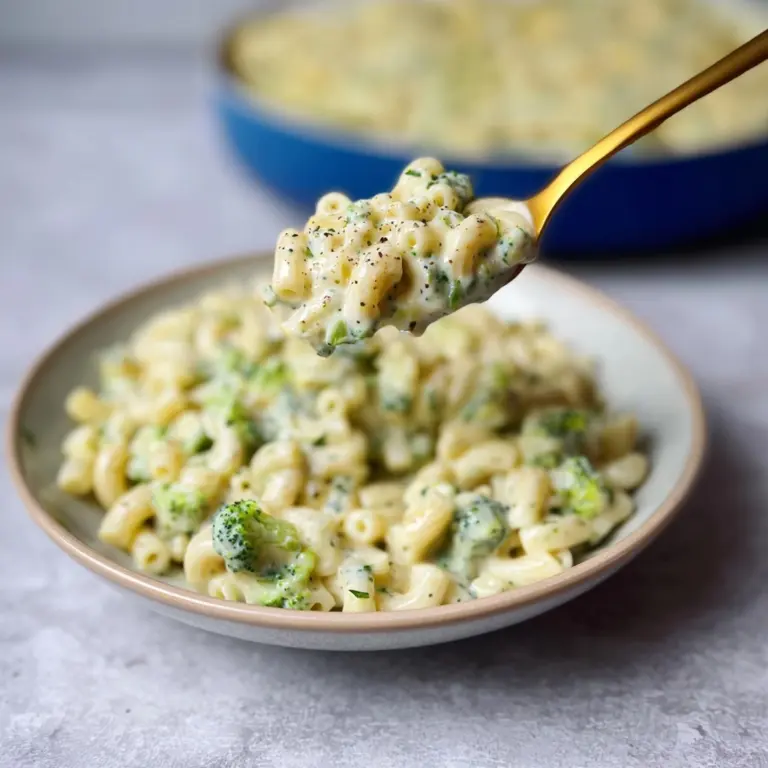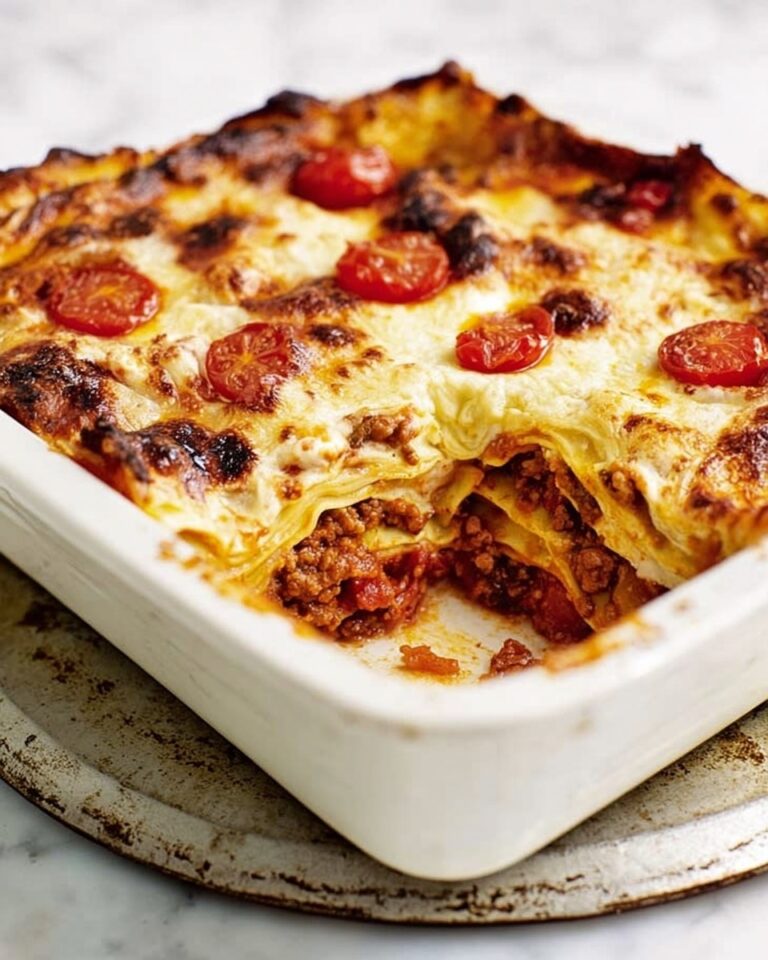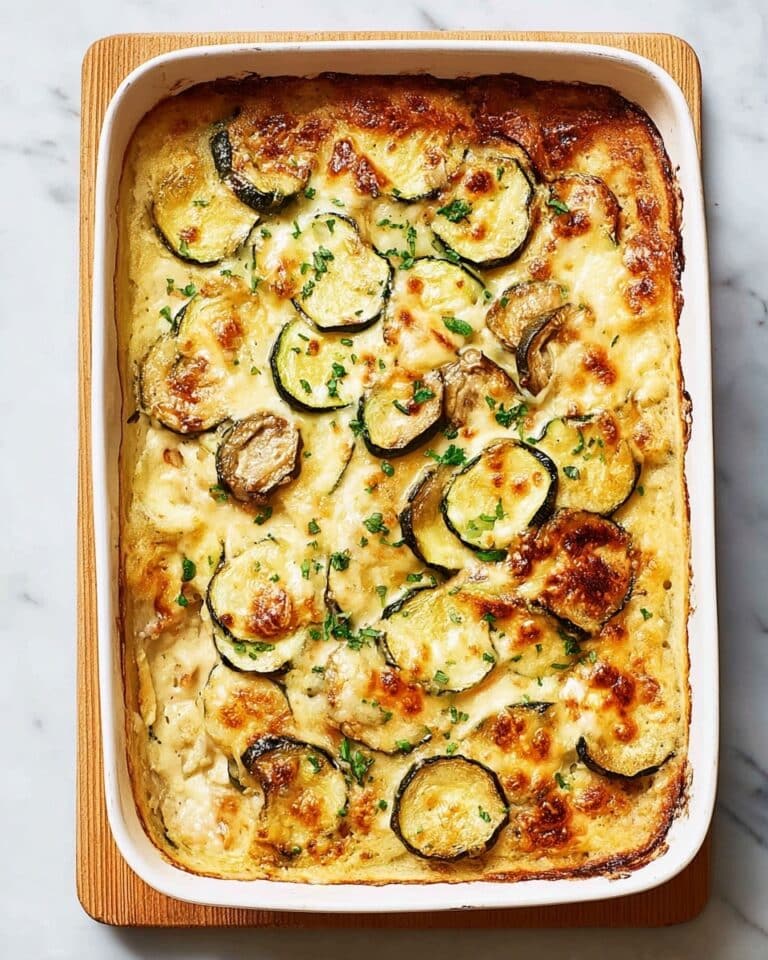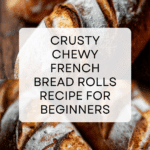Crusty Chewy French Bread Rolls Recipe
If you’ve ever dreamed of biting into warm, golden rolls with a perfect crusty exterior and a soft, chewy center, then you’re in for a treat with these Crusty Chewy French Bread Rolls. This recipe transforms simple pantry staples into delightful little pockets of bread perfection that will wow your family and friends alike. Whether you’re pairing them with soup, using them for sandwiches, or enjoying them straight from the oven, these rolls bring that irresistible French bakery allure right into your kitchen.
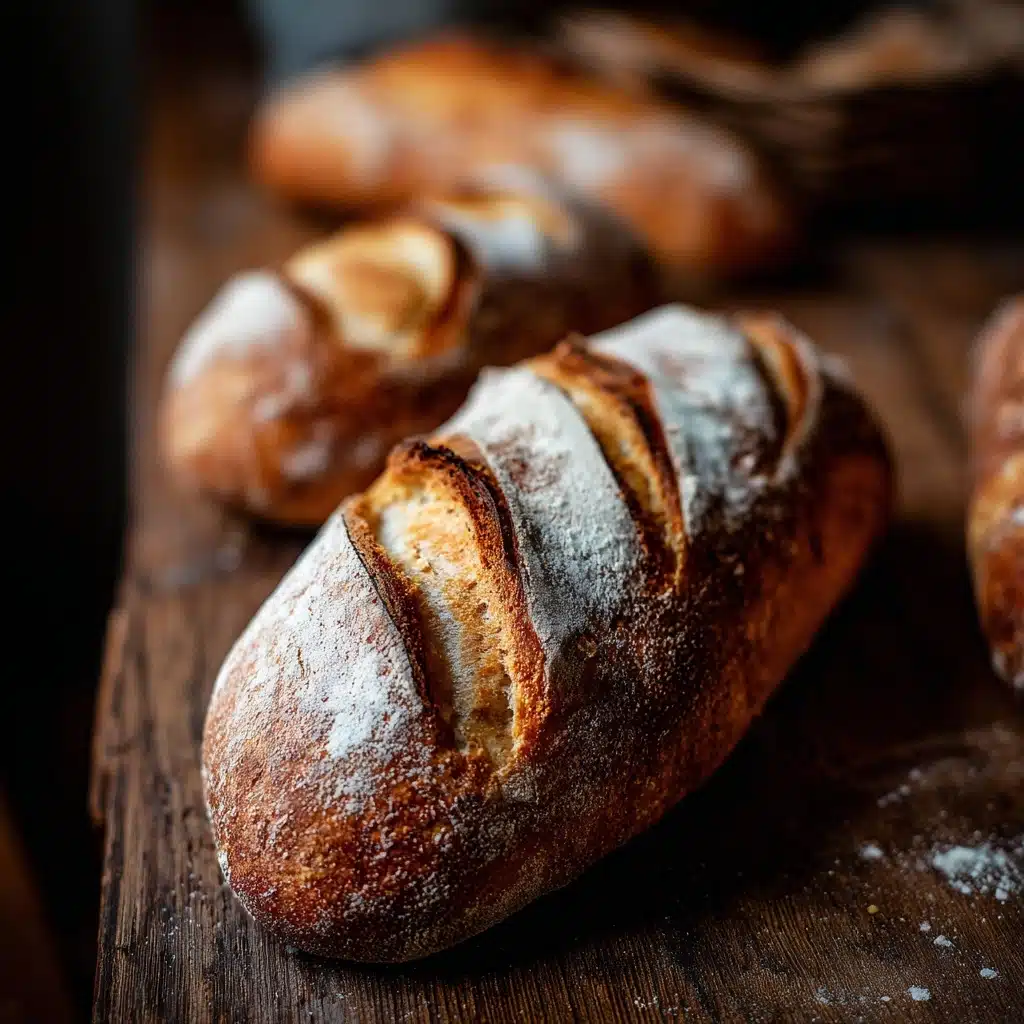
Ingredients You’ll Need
With just a handful of basic ingredients, this recipe is all about simplicity that packs a punch. Each component plays a key role in delivering that iconic texture and flavor, making these Crusty Chewy French Bread Rolls a dependable favorite anytime.
- 4 cups all-purpose flour: The foundation of the dough, providing structure and that wonderful chewiness.
- 1 ½ teaspoons salt: Enhances flavor and helps control yeast activity for optimal rise.
- 2 teaspoons sugar: Feeds the yeast and adds a gentle sweetness to balance the bread.
- 2 teaspoons active dry yeast: The magical ingredient that makes the dough rise and become airy.
- 1 ½ cups warm water: Hydrates the flour and activates the yeast; the warmth is crucial for yeast’s waking up.
- 1 tablespoon olive oil: Adds smoothness to the dough and a subtle richness to the finished rolls.
How to Make Crusty Chewy French Bread Rolls
Step 1: Activate the Yeast
Start by combining warm water, sugar, and active dry yeast in a large mixing bowl. Stir gently and let the mixture rest for 5 to 10 minutes. You’ll know it’s ready when it becomes frothy on top, which means the yeast is alive and eager to work its magic.
Step 2: Mix in Olive Oil and Salt
Once your yeast mixture is bubbly, stir in the olive oil and salt. These ingredients add flavor depth and help give your dough a tender crumb that contrasts beautifully with the crusty exterior.
Step 3: Incorporate the Flour
Add the flour gradually, about one cup at a time, stirring with a wooden spoon or dough scraper. This slow addition helps form a shaggy dough that will soon turn soft and pliable with kneading.
Step 4: Knead the Dough
Transfer the dough to a floured surface and knead for roughly 10 minutes until it feels smooth and elastic. If the dough sticks too much, dust with extra flour sparingly. This step is essential to developing the gluten structure that gives your rolls their chewy texture.
Step 5: Let the Dough Rise
Grease a bowl lightly, place your dough inside, and cover it with a clean towel or plastic wrap. Set it somewhere warm and let it rise for about an hour, or until it has doubled in size. Patience here means fluffy rolls later.
Step 6: Shape the Rolls
After rising, punch down the dough gently to release excess air. Divide it into 12 equal portions and shape each into a round roll. This hands-on step feels like therapy, and it helps the rolls bake evenly.
Step 7: Second Rise
Place the shaped rolls on a parchment-lined baking sheet, spacing them apart. Cover them again, and let them rest for 30 minutes—the final rise before they meet the oven’s heat.
Step 8: Score and Preheat
Preheat your oven to 425°F (220°C). Just before baking, use a sharp knife to lightly score the tops of each roll. These cuts allow steam to escape, resulting in that coveted crusty finish.
Step 9: Bake to Perfection
Bake the rolls for about 25 minutes until they turn a gorgeous golden brown. Tap the bottoms to check for a hollow sound—this indicates they’re perfectly baked inside with that perfect chewy bite.
Step 10: Cool Before Serving
Remove the rolls from the oven and allow them to cool on a wire rack for at least 10 minutes. This resting time completes the cooking process and helps preserve the crust’s crunch.
How to Serve Crusty Chewy French Bread Rolls
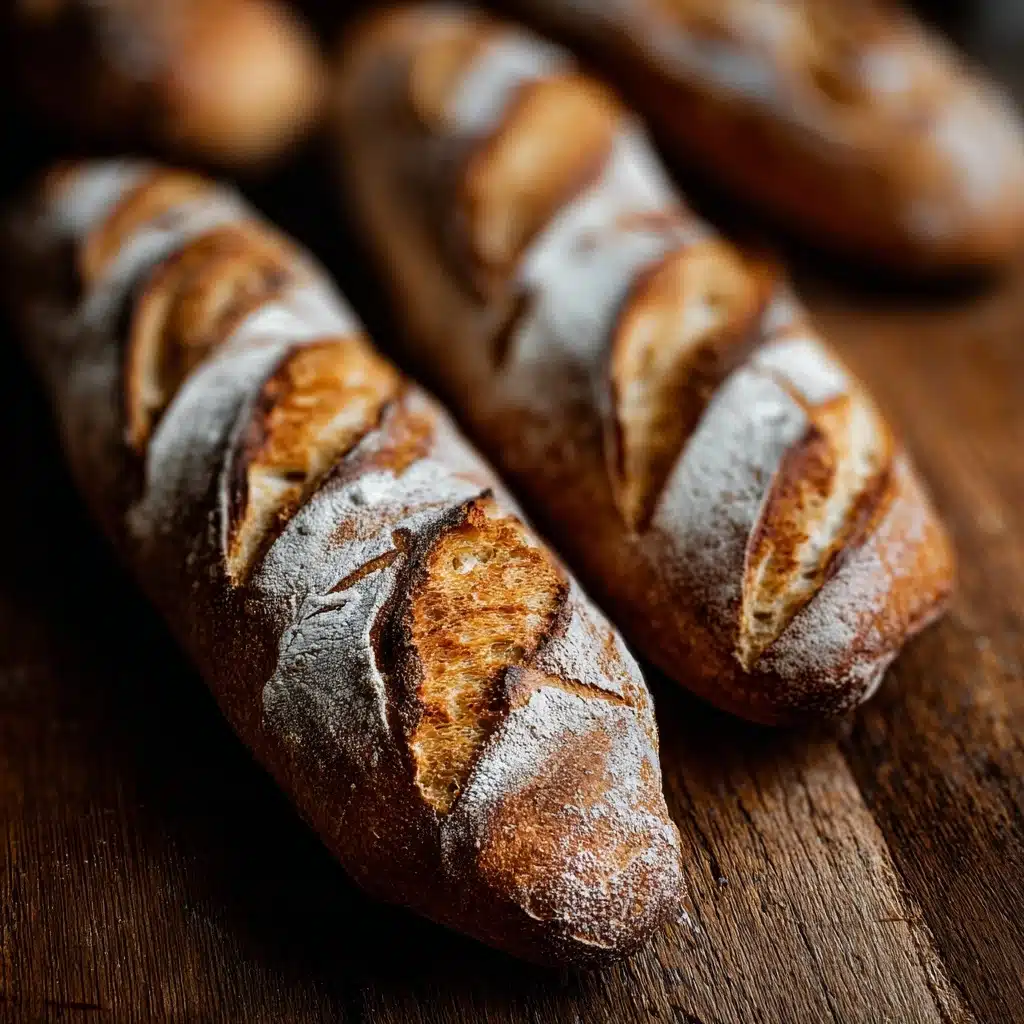
Garnishes
Simple garnishes like a pat of herb-infused butter or a brush of garlic oil can elevate your Crusty Chewy French Bread Rolls to next-level deliciousness. Sprinkling freshly chopped parsley or a pinch of flaky sea salt right before serving can also highlight their rustic charm.
Side Dishes
These rolls shine most when paired with comforting soups, hearty stews, or fresh salads. Try dipping them in a warm bowl of tomato bisque or alongside a creamy chicken pot pie for a meal guaranteed to satisfy.
Creative Ways to Present
Transform your rolls into fun sliders by slicing them open and filling with your favorite deli meats, cheeses, and toppings. Or serve them as mini sandwich buns at your next gathering to impress guests with both flavor and presentation.
Make Ahead and Storage
Storing Leftovers
Keep leftover rolls fresh by storing them in an airtight container or resealable bag at room temperature for up to two days. This helps maintain their chewy texture without getting too hard or stale.
Freezing
If you want to enjoy these Crusty Chewy French Bread Rolls later, freeze them once fully cooled. Wrap each roll tightly in plastic wrap and place in a freezer bag for up to three months. Thaw overnight in the fridge before reheating.
Reheating
To revive the crusty exterior and soft interior, reheat rolls in a 350°F oven for about 10 minutes, or toast them lightly. This brings back that fresh-baked feeling as though they just came out of your oven.
FAQs
Can I use bread flour instead of all-purpose flour?
Absolutely! Bread flour has a higher protein content which can make your rolls even chewier. It’s a great alternative if you want to experiment with texture.
How do I know if my yeast is still good?
If your yeast foam forms and bubbles after mixing with warm water and sugar, it’s active and ready. No froth indicates expired or inactive yeast, which means it’s time for a new batch.
Can I add herbs or cheese to the dough?
Yes! Adding fresh rosemary, thyme, or shredded cheese to the dough before the first rise adds fantastic flavor and complexity to your rolls.
Why do I need to score the tops of the rolls?
Scoring allows steam to escape during baking, preventing the rolls from cracking unpredictably and creating that signature bakery-style appearance and texture.
What if my dough is too sticky to knead?
Lightly flour your hands and the work surface, but be cautious not to add too much flour, which can make the rolls dense. Stickiness is normal to some degree in this recipe.
Final Thoughts
There’s something truly wonderful about the simplicity and satisfaction of homemade bread, especially when you master these Crusty Chewy French Bread Rolls. They fill your kitchen with warmth and your table with joy. Don’t hesitate to dive into this recipe—the result is endlessly rewarding and perfectly suited for any occasion. Happy baking, friends!
Print
Crusty Chewy French Bread Rolls Recipe
- Total Time: 2 hours 10 minutes
- Yield: 12 rolls 1x
- Diet: Vegetarian
Description
These Crusty Chewy French Bread Rolls are the perfect homemade bread with a golden crust and a soft, chewy interior. Ideal for sandwiches or as a side, these rolls combine simple ingredients to create a classic French bakery experience at home.
Ingredients
Dry Ingredients
- 4 cups all-purpose flour
- 1 ½ teaspoons salt
- 2 teaspoons sugar
- 2 teaspoons active dry yeast
Wet Ingredients
- 1 ½ cups warm water
- 1 tablespoon olive oil
Instructions
- Activate Yeast: In a large mixing bowl, combine the warm water, sugar, and active dry yeast. Stir gently and let it sit for 5-10 minutes until the mixture becomes frothy, indicating the yeast is active.
- Add Oil and Salt: Mix the olive oil and salt into the yeast mixture thoroughly.
- Incorporate Flour: Gradually add the flour one cup at a time, mixing with a wooden spoon or dough scraper until a shaggy dough forms.
- Knead the Dough: Transfer the dough onto a floured surface and knead for about 10 minutes until it turns smooth and elastic. Add more flour if the dough is too sticky.
- First Rise: Place the dough in a lightly greased bowl, cover with a clean kitchen towel or plastic wrap, and let it rise in a warm spot for approximately 1 hour, or until it has doubled in size.
- Divide and Shape: Punch down the risen dough to release air. Divide it into 12 equal pieces and shape each piece into a round roll.
- Second Rise: Arrange the rolls on a parchment-lined baking sheet with space between them. Cover with a towel and let them rise for another 30 minutes.
- Preheat Oven and Score: Preheat your oven to 425°F (220°C). Just before baking, lightly score the tops of each roll with a sharp knife to allow expansion.
- Bake the Rolls: Bake the rolls for about 25 minutes until golden brown and hollow-sounding when tapped on the bottom.
- Cool and Serve: Remove the rolls from the oven and cool on a wire rack for at least 10 minutes before enjoying.
Notes
- For a crustier exterior, place a pan of water in the oven during baking to create steam.
- You can substitute all-purpose flour with bread flour for a chewier texture.
- Store leftover rolls in an airtight container to maintain freshness.
- These rolls freeze well; thaw at room temperature and refresh in the oven.
- Use lukewarm water (around 110°F or 43°C) to activate yeast properly without killing it.
- Prep Time: 15 minutes
- Cook Time: 25 minutes
- Category: Bread
- Method: Baking
- Cuisine: French
Nutrition
- Serving Size: 1 roll
- Calories: 180 kcal
- Sugar: 1.5 g
- Sodium: 250 mg
- Fat: 3.5 g
- Saturated Fat: 0.5 g
- Unsaturated Fat: 3 g
- Trans Fat: 0 g
- Carbohydrates: 33 g
- Fiber: 1.5 g
- Protein: 6 g
- Cholesterol: 0 mg
Keywords: French bread rolls, crusty bread, homemade bread, chewy bread, yeast rolls


